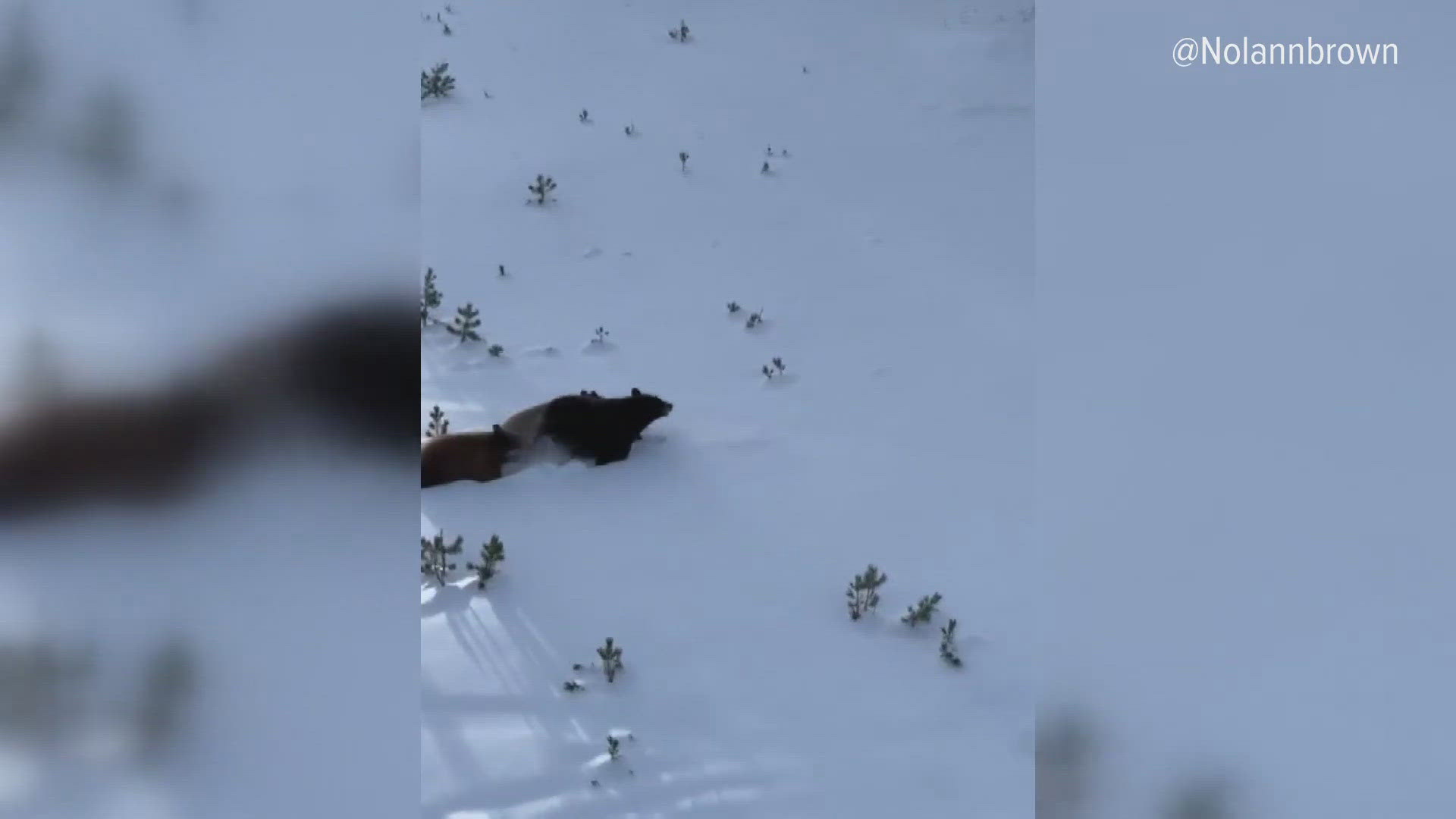CALIFORNIA, USA — We’ve seen the videos, bears running across ski slopes and hiding under decks in the Sierra. The animals didn’t just get social media attention, they also got the states.
The California Department of Fish and Wildlife authored a report on the bear population across California after dozens of videos have gone viral in the last year and brought a whole new meaning to the term "bear country."
Tim Daly, with California Fish and Wildlife, tells ABC10 bear population numbers are much higher today than they have been.
“We think now in the state of California more than 60,000 and a previous estimate going back into the 90s that number was much lower in the 20,000,”said Daly.
But that doesn’t necessarily mean the population has increased.
“We think that our numbers for studying and determining numbers are much improved so these numbers we think are far more accurate,” said Daly.
A contributing factor to the more accurate reporting is the public.
During the pandemic, more people were at home so bear reports skyrocketed 160% in just two years of 2021 and 2022.
In the report, a graph showing an increase in all areas of human black bear conflict. But only 13% of the time is there a potential human conflict. The Lake Tahoe basin is listed as a hot spot.
“In some cases, they are growing up knowing the food that they go and get is available in our communities, so they are getting more comfortable coming around us,” said Daly.
In the northern part of the state, Sierra Fish and Wildlife estimate 15,000 bears across 21,000 miles.
They don’t track by small regional areas but the Bear League in Homewood agrees the population is stable and estimates 250 bears living in South Lake Tahoe alone.
Ann Bryant with the Bear League cautions over estimating a bear population as it could scare the public and lead to increased requests for hunting. As far as sightings and interactions, she says social media and people’s behaviors are a driving factor.
“People lure the bears with their unsecured trash, bird feeders a lot of people deliberately and illegally feed them now with social media all over the place you have all these videos,” said Bryant. “The encounters are not increasing. Unfortunately some of the people that have moved here recently don’t know how to co-exist and be sensible in bear country.”
In the next year, Fish and Wildlife hopes to put tracking collars on 150 more bears.
They got more than 6,000 comments from the public on this bear plan draft. They hope to have the final report by the end of the year.
WATCH MORE: Man reasonably feared for his safety in shooting of black bear in South Lake Tahoe, officials say



















